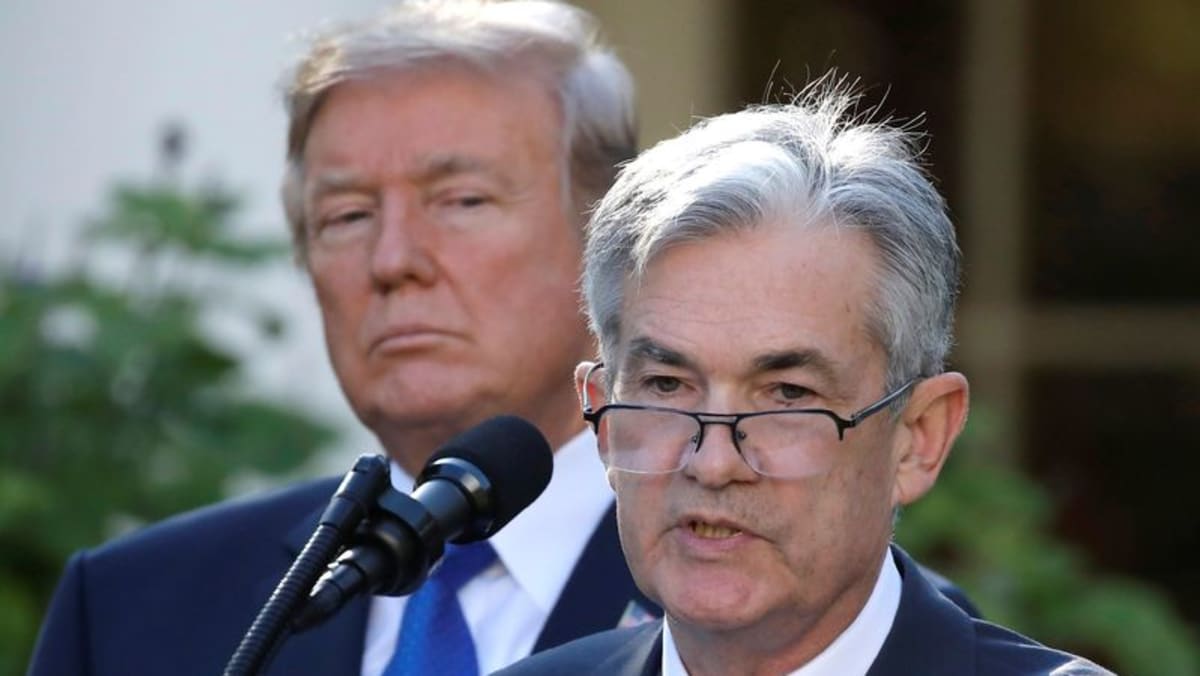What’s the issue with the Fed’s renovation project?
The Fed is in the midst of the first large-scale renovation of its two main buildings in Washington since they were built in the 1930s. The central bank has said the project is designed to reduce costs over time by consolidating the bank’s operations.
The renovation plans were first approved by the Fed’s board in 2017. Since then, the price tag has swollen. According to Fed budget documents for 2025, the overall cost estimate for the project has risen to US$2.5 billion, compared with US$1.9 billion in 2023.
The bank attributes the increase in the estimate mainly to design changes that were a result of consultations with review agencies, differences between estimated and actual costs, and unforeseen circumstances such as finding more asbestos than anticipated.
A number of Trump allies have seized on the renovation in an apparent effort to build a case to justify firing Powell.
Bill Pulte, director of the Federal Housing Finance Administration has alleged, without providing details, that Powell lied about the specifics of the project during a Jun 25 Senate hearing. Pulte has asserted this would warrant removing Powell “for cause” and called on Congress to investigate. A Fed official said that Powell’s statements were truthful.
Russell Vought, director of the White House Office of Management and Budget, said in a Jul 10 social media post that the renovation project was “an ostentatious overhaul”.
Trump has said that Powell should be investigated for fraud related to the renovations.
At Powell’s request, the Fed’s Inspector General has launched an investigation of the project’s cost increases.
How quickly could a new permanent chair take the helm if Powell is removed?
A new, permanent chair would need to be nominated by Trump and confirmed by the Senate, a process that typically takes some weeks if not months. In the interim, the Federal Reserve Act states that the vice chair “shall serve in the absence of the Chairman”.
What would Powell’s dismissal mean for interest rates?
Removing the Fed chief wouldn’t necessarily solve Trump’s main beef with the central bank.
He wants lower interest rates, but a new chair couldn’t deliver that alone. Rates are set by the Federal Open Market Committee, which is currently headed by Powell.
The FOMC has the ability to elect its own chair. That position has typically been held by the Fed chair, though it can be held by any one of the other 18 policymakers on the committee. All 19 members participate in FOMC meetings and 12 vote. That means a new chair would have to win over the other members with a reasonable case for cutting rates.
How would financial markets react to Powell’s dismissal?
Investors value the Fed’s status as an independent organisation. Without it, the central bank’s pledge to keep inflation in check lacks credibility. And expectations for higher inflation can drastically shift the price of financial assets.
Within 30 minutes of a Bloomberg report that Trump would likely fire Powell, the S&P 500 index of US stocks fell 1 per cent, the yield on the 30-year US treasury bond rose 10 basis points, and the Bloomberg Dollar Spot Index declined 1.2 per cent.
Bloomberg Economics’ Anna Wong said that if Trump actually moves to dismiss the Fed chair, it would result eventually in slower economic growth, higher unemployment and sticky inflation.
